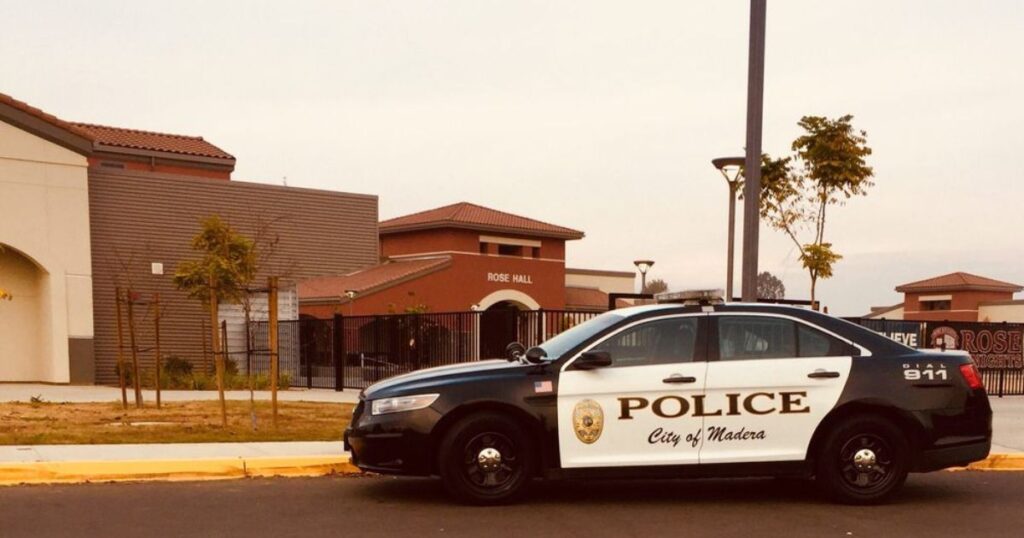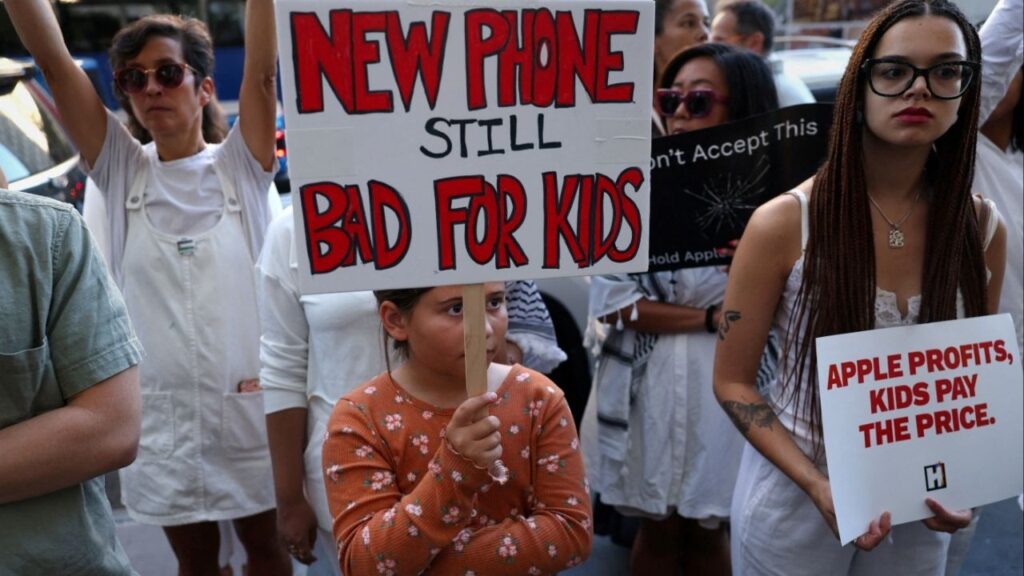Share
It’s hard to believe how fast crime by youths has plunged.

Opinion
Mike Males
Special to CALmatters
In 2007, 237,000 Californians under age 18 were arrested for criminal offenses. In 2017, just 56,000, a decline of 76 percent over the decade. Yet within that sunny trend, a troubling one has emerged:
- In 2007, just 43 percent of arrested youths wound up receiving formal dispositions (sentences or releases) by a juvenile or adult court, including 11 percent who were incarcerated.
- In 2017, by contrast, 68 percent of arrested juveniles received court dispositions, and 19 percent were incarcerated.
In the past, a large majority of arrested youths were released or diverted to programs without formal court action. If arrested youths in 2017 received the same treatment as arrested youths in 2007 did, 22,000 fewer youths would have been formally petitioned into court on criminal charges, 14,000 fewer would have had court dispositions, and 4,700 fewer would have been sent to state and local detention facilities in 2017.
The proportion of arrested youths who are locked up has risen, despite a 2016 reform abolishing prosecutors’ power to “direct file” youthful arrestees into adult criminal court. Juvenile courts have actually sent more youths to state facilities over the last six years as crime and violence by youth plummeted.
Harsher Treatment of Young Arrestees Demands Explanation
The economic costs of this massive increase in court processing and incarcerations of youth per arrest range into the hundreds of millions of dollars. The human costs also are substantial. The farther an arrested youth gets into the criminal justice system, the more likely he or she is to reoffend.
The best multi-city study of thousands of youths arrested for non-violent offenses found that “radical non-intervention” – simply releasing arrested youths randomly without charges – resulted in the same recidivism rate (30 percent were rearrested within one year) as for those sent to community programs (31 percent) or formally prosecuted (32 percent).
The study highlights repeated findings that forcing tens of thousands of nonviolent youth into the criminal justice system may contribute to later criminality. That’s why California’s strange trend toward harsher treatment of young arrestees demands explanation.
Racial disparities are striking. Latino youth have by far the fastest growing rate of court dispositions per arrest, up 70 percent over the last decade, compared to youth of other races and ethnicities, whose court dispositions per arrest rose by 45 percent. African American youthful arrestees remain the most likely to be sentenced; Whites and Asians, the least likely.
The offense pattern is also strange. More court charges and incarcerations per arrest would imply that today’s youthful offenders, though fewer in number, are committing more serious crimes.
However, it is not violent offenses like murder, robbery, rape, and assault, but lower-level offenses, especially petty theft, minor vandalism, and minor status offenses like truancy, that show the biggest increases in court dispositions per arrest.
Massive Budget Cuts, Facility Closures, and Layoffs in the justice System
That makes no sense. Lesser offenders are exactly the ones most successfully diverted to community-based and restitution programs.
A small part of the increased court actions per arrest may result from the somewhat higher proportion of youths referred to the justice system by parents, schools, and other agencies. However, most of the increase remains unexplained.
Without a better explanation, an unsavory possibility would loom. The huge fall in crime by youths has resulted in massive budget cuts, facility closures, and layoffs in the justice system. Increasing the proportion of arrested youths who are charged, tried, sentenced, and incarcerated mitigates the impact of reduced youthful arrestees on the system’s well-being.
If thousands’ more youth are being subjected to justice system actions in order to preserve budgets and positions, that’s severely troubling. This may be a ripe topic for the Department of Justice’s Bureau of Children’s Justice to investigate.
Mike Males is senior researcher for the Center on Juvenile and Criminal Justice. He wrote this commentary for CALmatters, a public interest journalism venture committed to explaining how California’s Capitol works and why it matters.
Categories

Fresno Train-Vehicle Collision Causes Traffic Disruptions


















